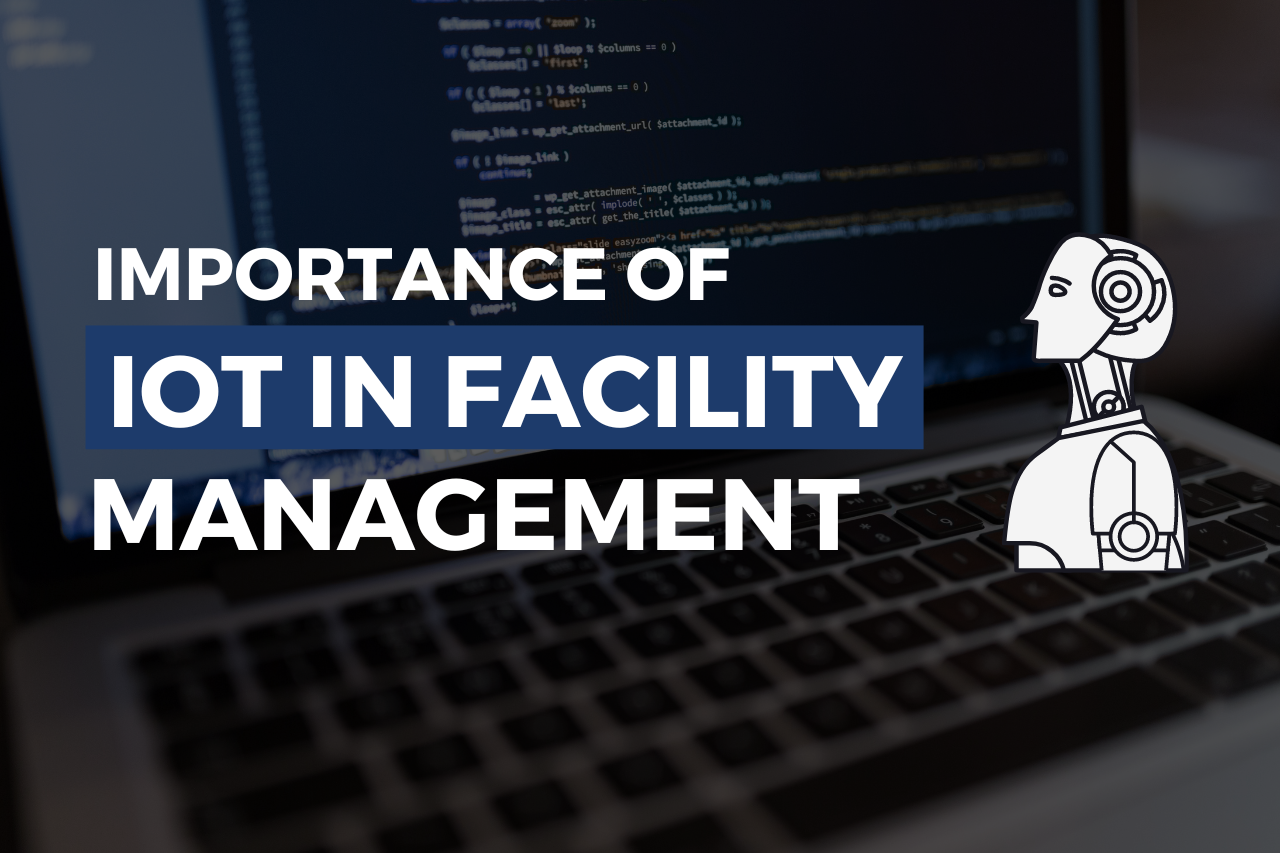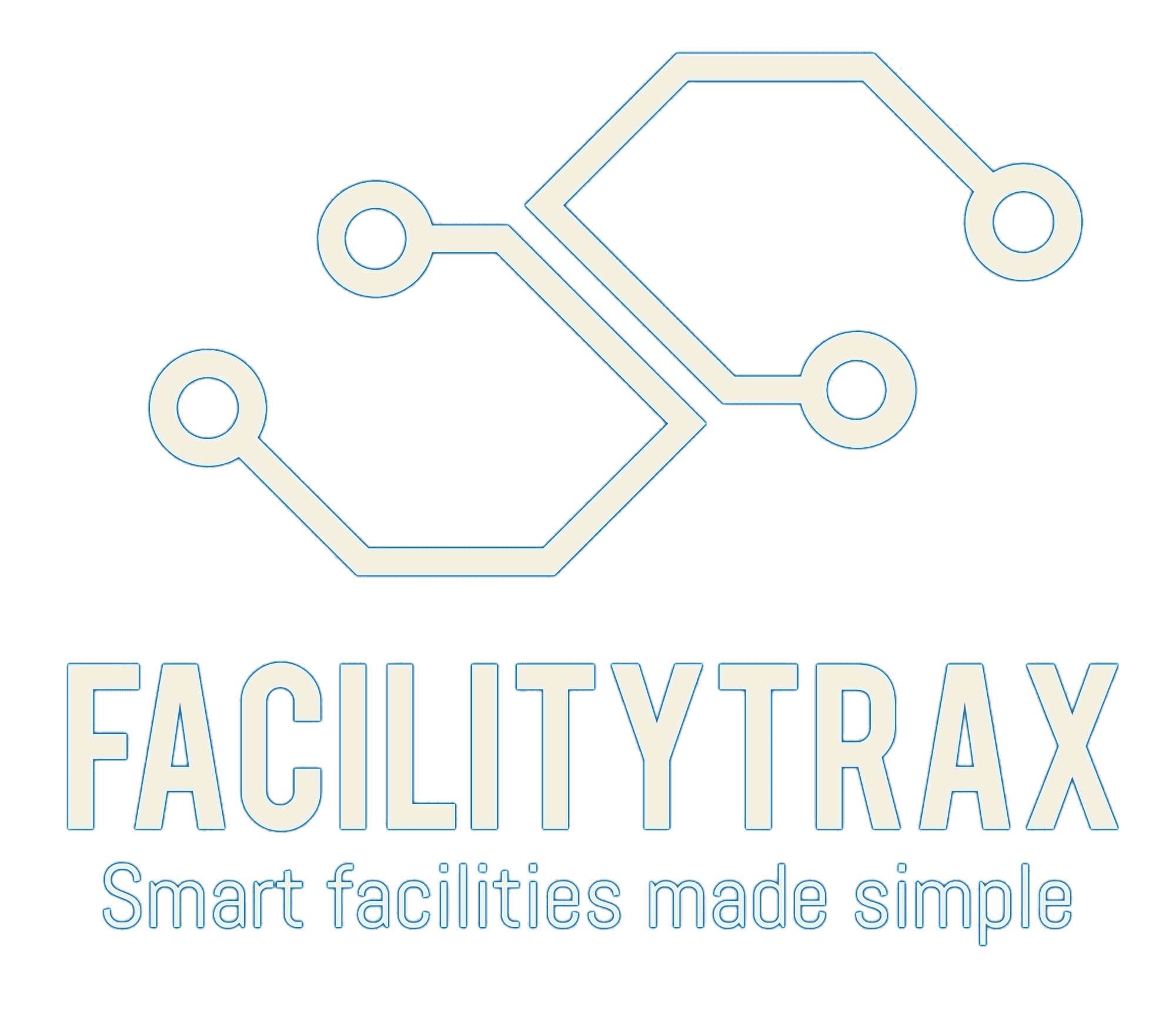
Unlocking Efficiency and Control: The Importance of IoT in Facility Management
In today’s rapidly evolving world, the Internet of Things (IoT) has emerged as a game-changer in various industries, and facility management is no exception. The integration of IoT technology into facility management processes has revolutionized the way buildings and facilities are monitored, controlled, and maintained. The importance of IoT in facility management cannot be overstated, as it offers numerous benefits that enhance efficiency, productivity, and cost-effectiveness.
IoT-enabled facility management systems also enable remote monitoring and control, allowing facility managers to access critical information and make adjustments from anywhere, at any time. This level of flexibility and convenience enhances operational efficiency and saves time and effort.
- Real-time Data Insights: IoT enables the collection of real-time data from interconnected devices, providing facility managers with valuable insights into operations and performance.
- Remote Monitoring and Control: With IoT, facility managers can remotely monitor and control various systems and devices, enhancing operational efficiency and flexibility.
- Proactive Maintenance: IoT sensors detect anomalies and potential issues in equipment, enabling proactive maintenance to prevent breakdowns and optimize resource utilization.
- Energy Optimization: Smart facilities powered by IoT technology optimize energy consumption through intelligent lighting, HVAC control, and other energy-saving measures.
- Enhanced Safety and Security: IoT-enabled systems provide advanced access control, occupancy analytics, and security monitoring, ensuring a safe and secure environment.
- Cost Savings: By improving efficiency, optimizing maintenance, and reducing energy waste, IoT in facility management leads to significant cost savings.
- Improved User Experiences: Smart facilities enhance occupant comfort, convenience, and overall user experiences, resulting in higher satisfaction levels.
One of the key advantages of implementing IoT in facility management is the ability to gather real-time data from various interconnected devices and sensors. These devices, ranging from smart thermostats and occupancy sensors to security cameras and HVAC systems, provide valuable insights into facility operations. By leveraging this data, facility managers can make informed decisions, optimize resource allocation, and proactively address issues before they escalate.
Maintenance plays a vital role in facility management, and IoT technology significantly improves maintenance processes. With IoT sensors installed throughout a facility, equipment performance can be continuously monitored, and anomalies can be detected in real-time. This proactive approach helps prevent breakdowns, reduces downtime, and extends the lifespan of assets. Predictive maintenance, powered by IoT, enables maintenance teams to identify potential issues before they occur, schedule maintenance tasks accordingly, and optimize resource utilization.
Smart facilities, empowered by IoT, offer a holistic approach to facility management. Building automation systems integrated with IoT technology can optimize energy consumption, enhance occupant comfort, and improve safety and security. From intelligent lighting and HVAC control to access control and occupancy analytics, IoT-enabled smart facilities create an environment that promotes sustainability, cost savings, and improved user experiences.
Conclusion
In conclusion, the importance of IoT in facility management lies in its ability to unlock efficiency, control, and cost savings. By harnessing the power of IoT, facility managers can leverage real-time data, remote monitoring capabilities, proactive maintenance, and the benefits of smart facilities. Stay ahead of the curve and embrace the transformative potential of IoT in facility management.
